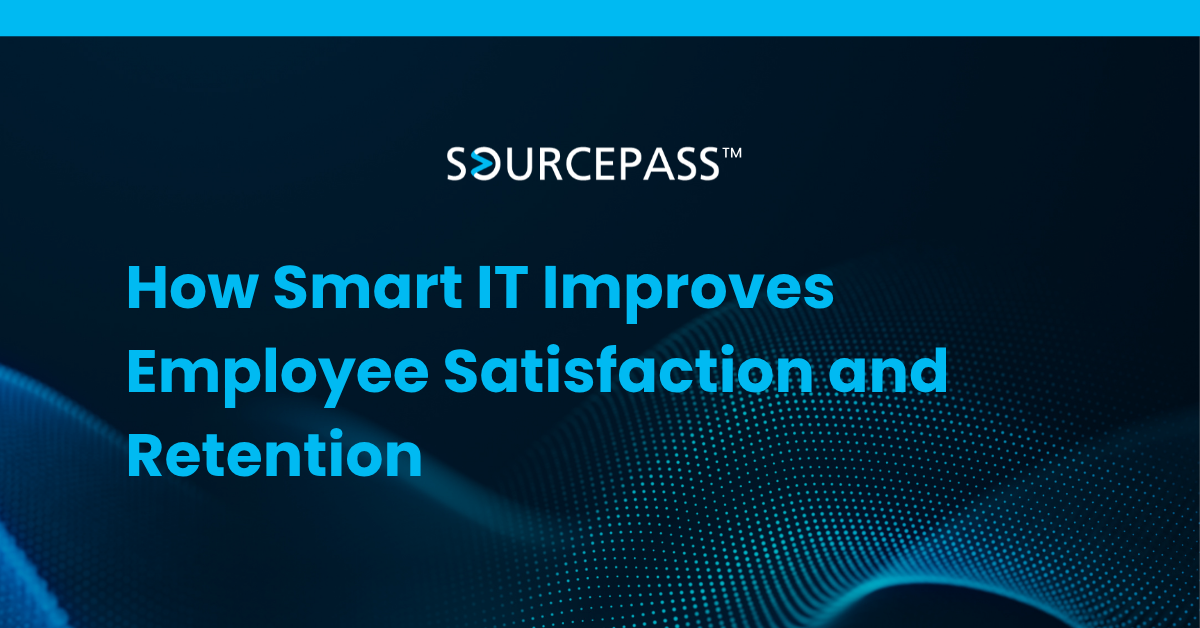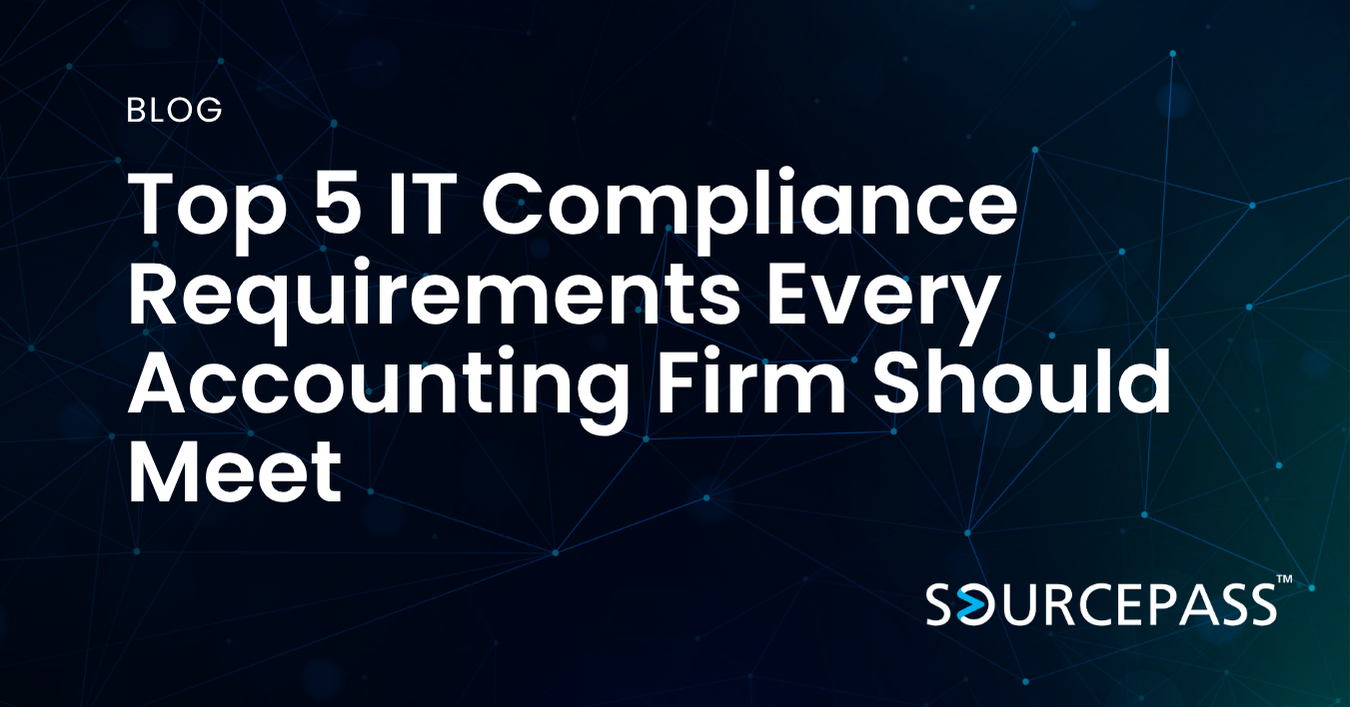How Smart IT Improves Employee Satisfaction and Retention
Oct 13, 2025 Alex Davis Strategy & Modernization 2 min read



Employee satisfaction is no longer solely an HR concern. It is deeply influenced by the reliability and usability of workplace technology. Every login, application, and workflow depends on IT systems working as expected. When technology supports productivity, employees feel confident, capable, and valued. When it fails, they feel frustrated and disengaged.
This blog explores how IT strategy impacts employee morale and what leaders can do to create a more supportive digital work environment.
Why Technology Directly Impacts Employee Experience
Employees rely on technology at every stage of their workday. A slow device, a system outage, or a confusing app creates friction that erodes trust in the organization. Over time, this dissatisfaction can lead to lower engagement and higher turnover.
“When people don’t trust the systems they use, they start working around them. That creates shadow IT, security risk, and burnout,” says Matt McCarthy, Chief Client Officer at Sourcepass.
The Benefits of Reliable IT
-
Faster onboarding and training
-
Higher productivity
-
Fewer help desk complaints
-
Stronger collaboration across teams
-
Greater confidence in leadership
The Risks of Poor IT Performance
-
Disruption to critical work
-
Increased frustration and support tickets
-
Higher risk of employee turnover
A 2024 workplace technology study found that employees experiencing daily tech disruptions are 62% more likely to report low job satisfaction and 34% more likely to consider leaving their role.
Building a Smart IT Strategy to Support Employees
A people-centered IT strategy requires more than hardware and software—it requires intentional design around user experience, accessibility, and communication.
1. Prioritize Reliability Above All
Employees expect core systems to work without interruption. Reliability is the foundation of trust.
Key Questions:
-
Is your help desk responsive and easy to reach?
-
Are outages rare and resolved quickly?
-
Is performance actively monitored across your network and devices?
2. Design with the End User in Mind
Technology should fit how employees actually work.
Key Questions:
-
Do employees have a way to report recurring tech pain points?
-
Are tools intuitive, mobile-friendly, and accessible?
-
Is onboarding supported with training and documentation?
3. Enable Secure, Frictionless Remote Access
Hybrid work requires seamless access to company systems from any location.
Key Questions:
-
Are VPN, MFA, and SSO implemented without adding complexity?
-
Can remote and frontline workers access systems as easily as office staff?
4. Communicate and Support Technology Change
Even positive technology changes can cause disruption if rolled out poorly.
Key Questions:
-
Do employees receive advance notice of changes?
-
Is training available during major system rollouts?
-
Are managers equipped to support adoption?
Aligning HR and IT for a Unified Employee Experience
Employee satisfaction should be a shared priority across departments. HR understands engagement, while IT delivers the tools that make engagement possible.
Ways to Align:
-
Conduct joint reviews of help desk data and employee survey feedback
-
Include employee experience metrics in IT planning
-
Use digital workplace scorecards and feedback loops to identify early friction
How Sourcepass Supports Workforce Experience Through IT
Sourcepass helps organizations strengthen employee satisfaction by improving reliability, visibility, and support. We begin with a complimentary IT & Security Scorecard to identify gaps, then deliver clear recommendations that improve employee experience.
With our Quest™ platform, employees gain faster support, proactive updates, and more intuitive interactions with IT.
“You can’t have a great company culture without reliable technology. When your people feel supported and empowered, everything improves—from productivity to retention.”
– Matt McCarthy, CCO, Sourcepass
Ready to Improve Employee Satisfaction Through IT?
Start with a complimentary Scorecard and Strategy Session. Identify friction, improve technology experience, and support a more engaged workforce.
> Request Your Free Scorecard Assessment
Frequently Asked Questions
How does IT affect employee retention?
Reliable technology reduces frustration and helps employees stay focused on meaningful work, leading to higher retention and engagement.
What is a user-centered IT strategy?
It is an approach that designs systems around how people work, including ease of access, clarity of tools, and responsive support.
How can HR and IT collaborate more effectively?
They should share feedback data, align on onboarding tools, and monitor digital experience metrics as part of employee satisfaction programs.
Does improving IT experience require major investment?
Not always. Many improvements—faster support, clearer communication, and better onboarding—come from process enhancements rather than new tools.
Subscribe To
Sourcepass Insights
Sourcepass Insights
Stay in the loop and never miss out on the latest updates by subscribing to our newsletter today!


